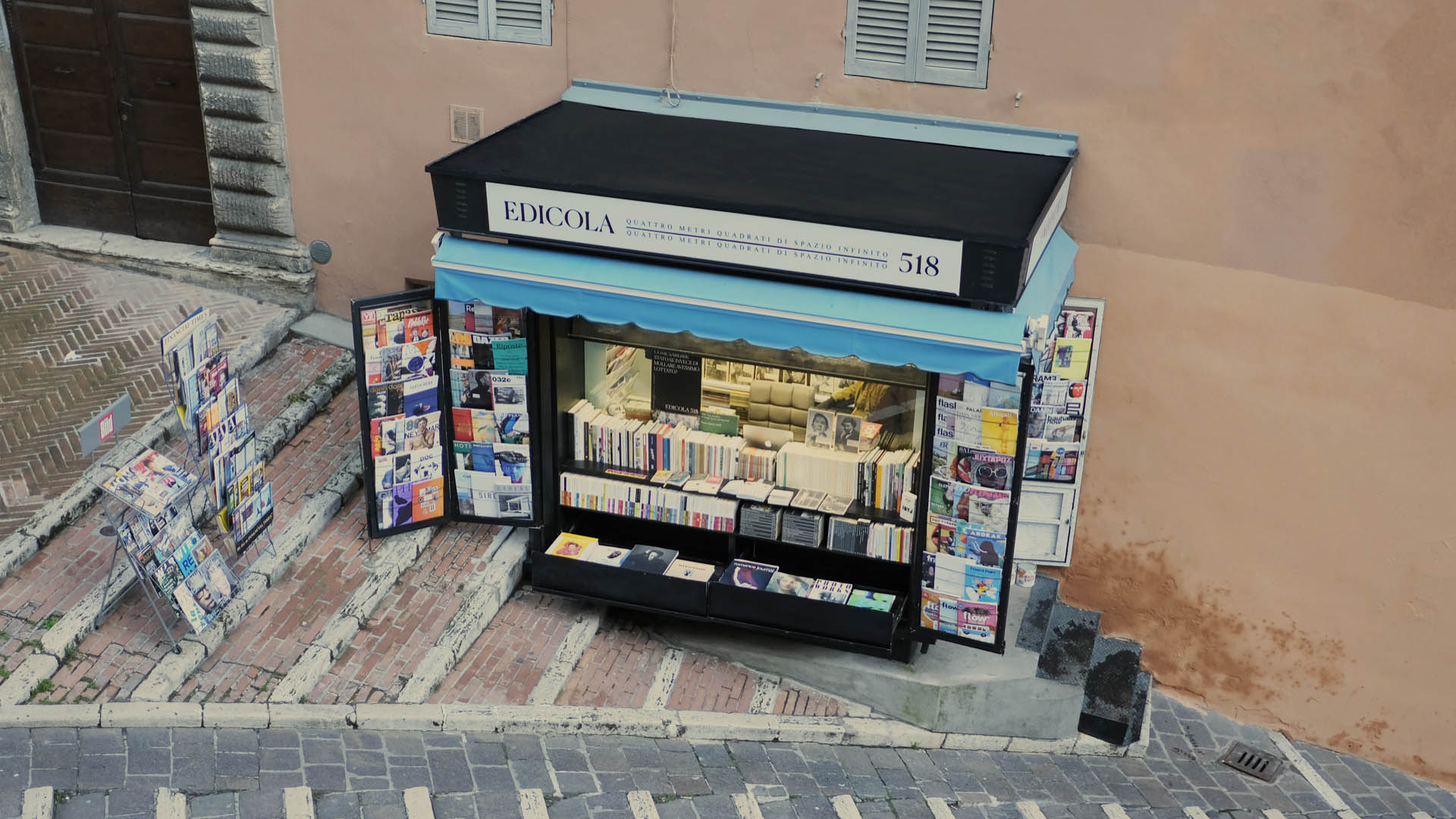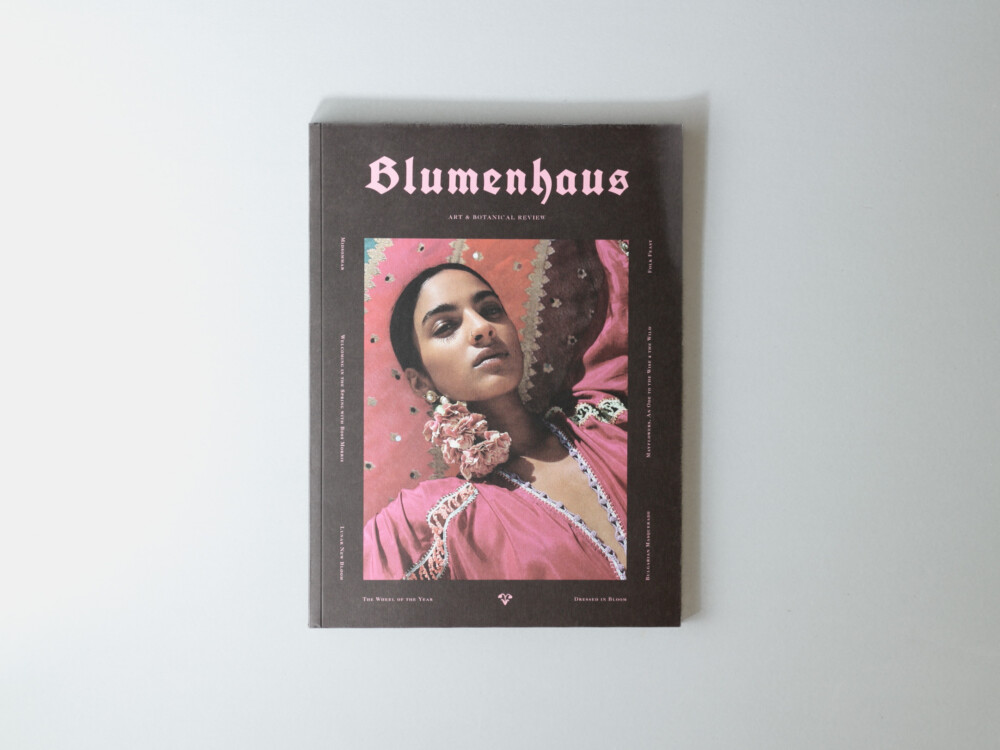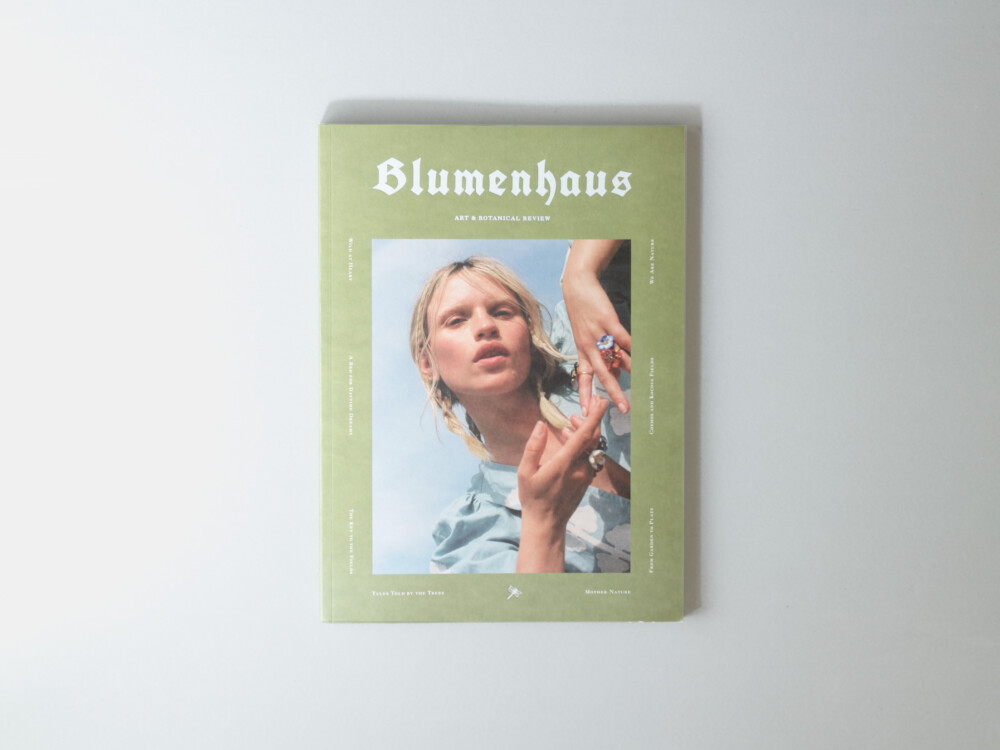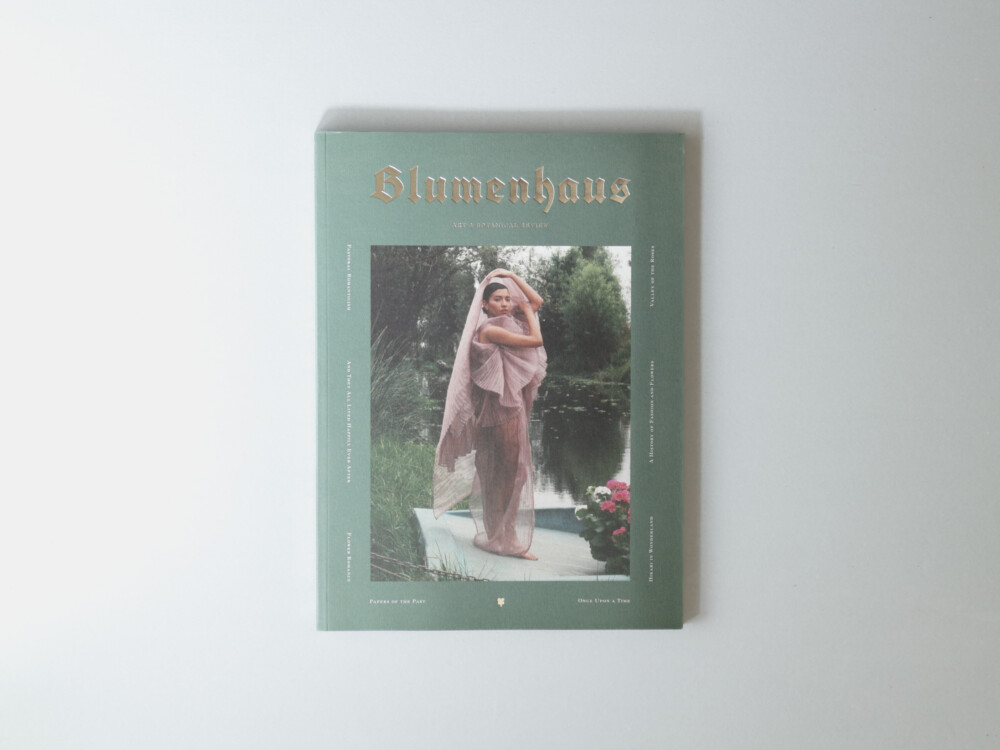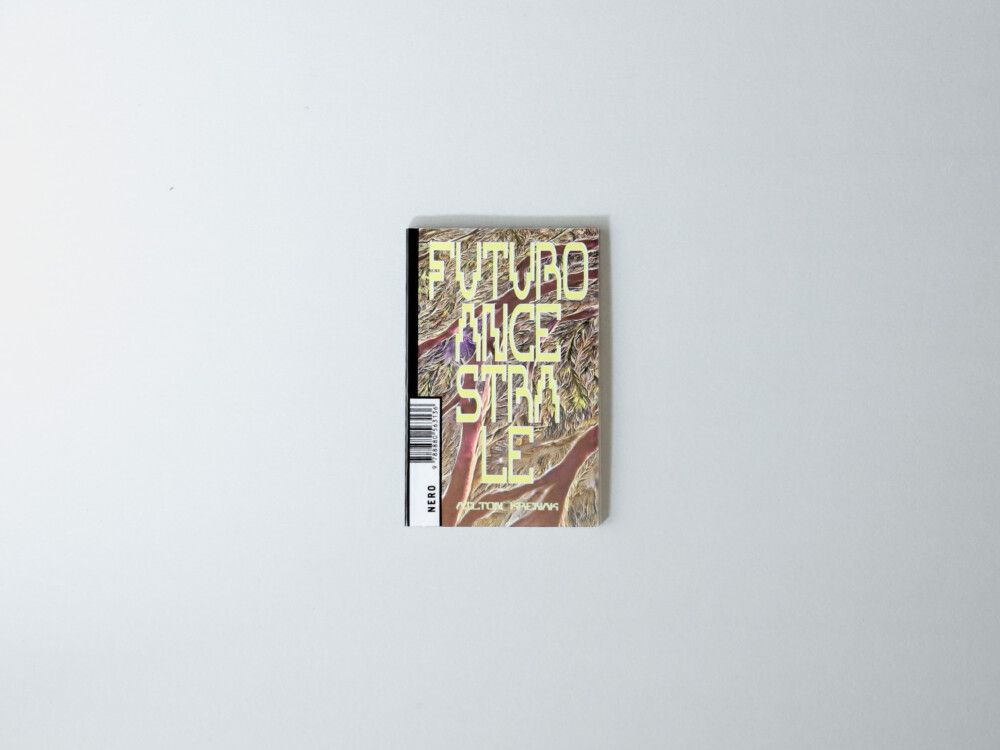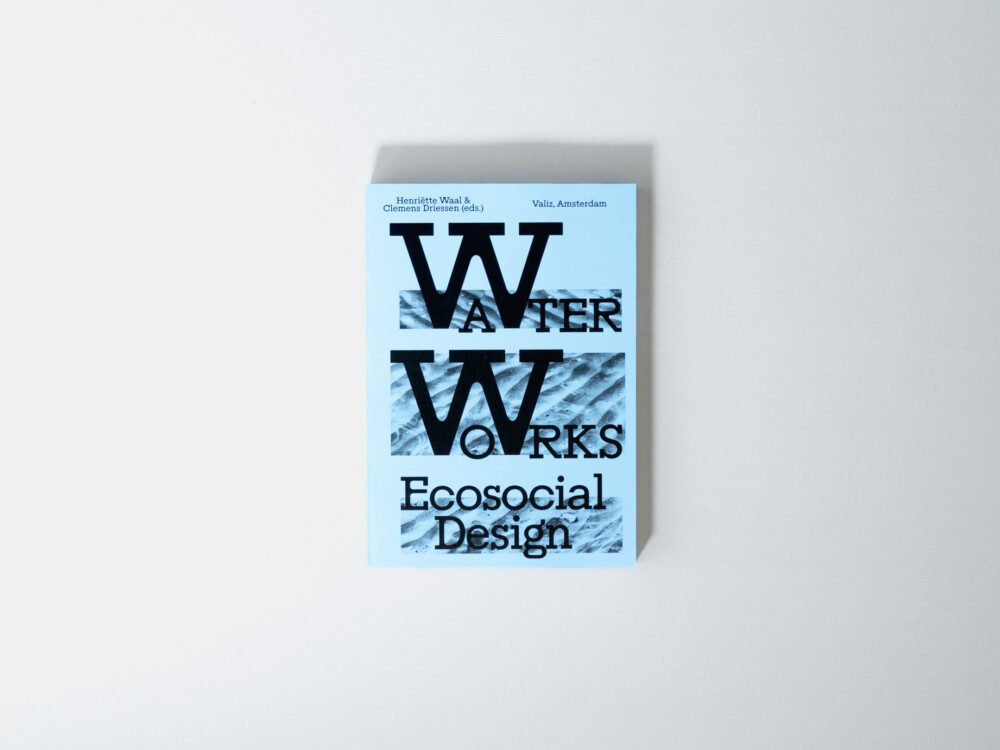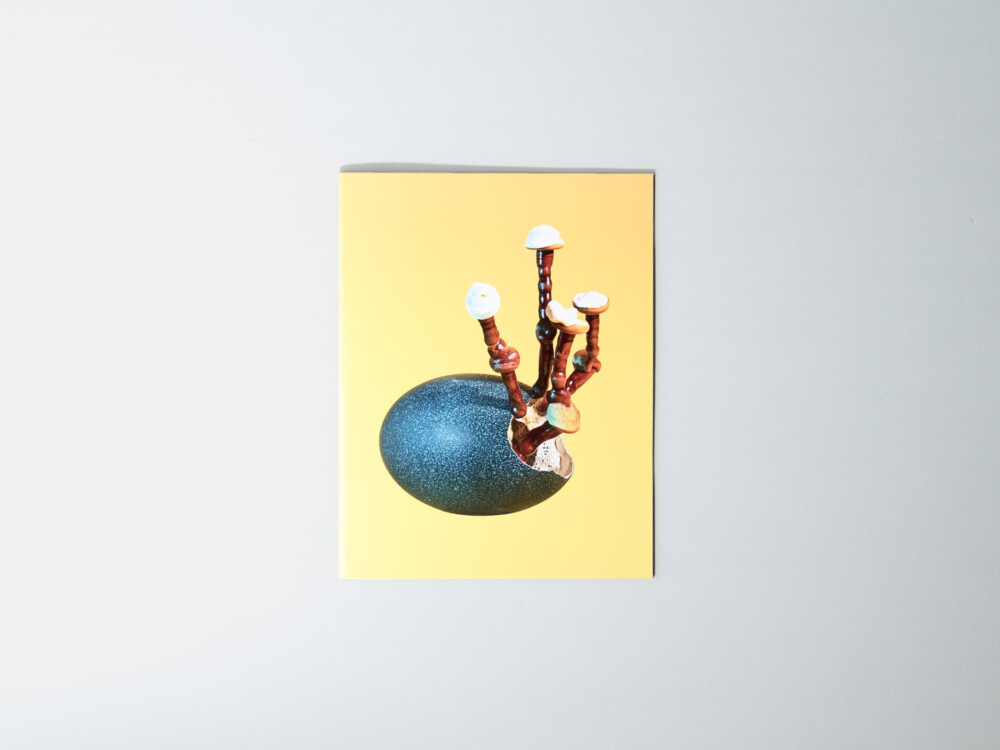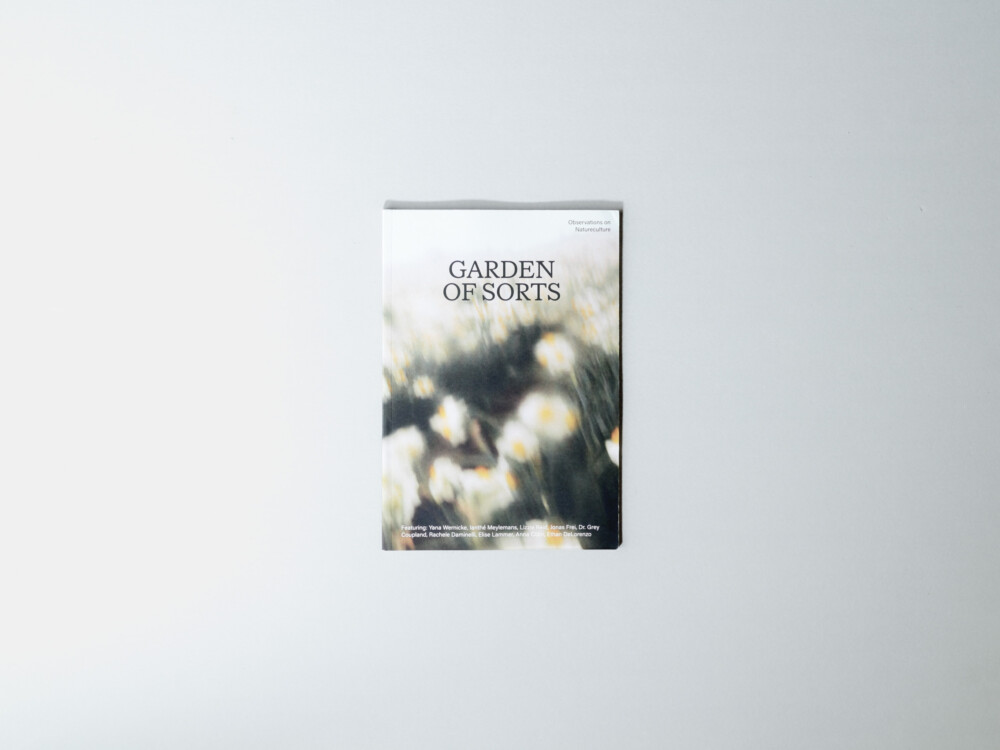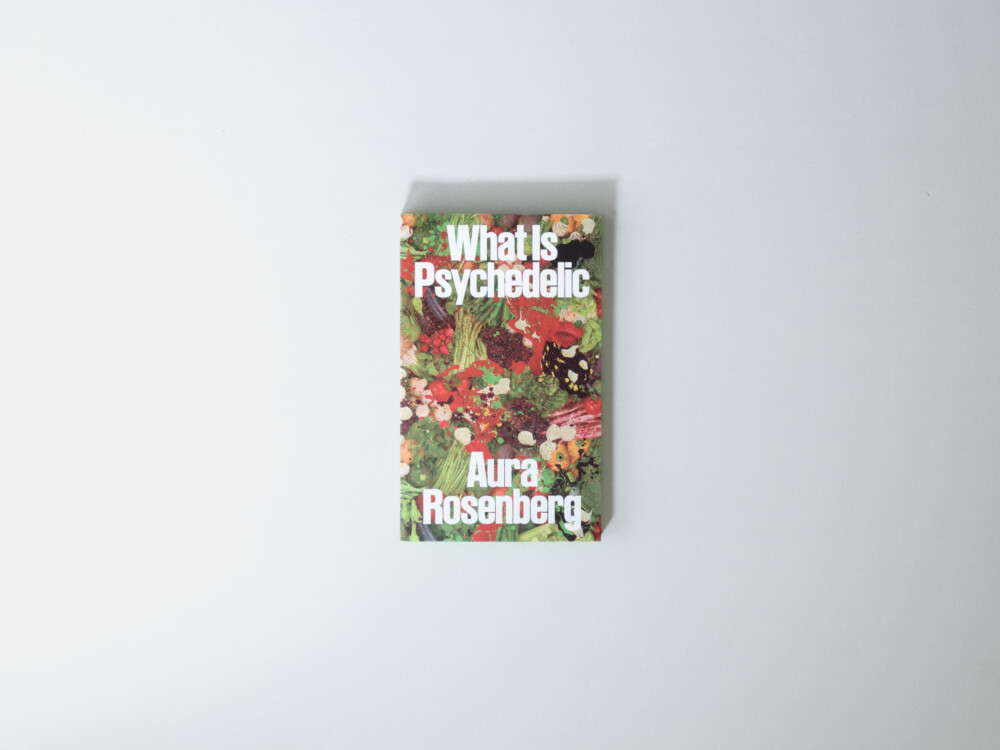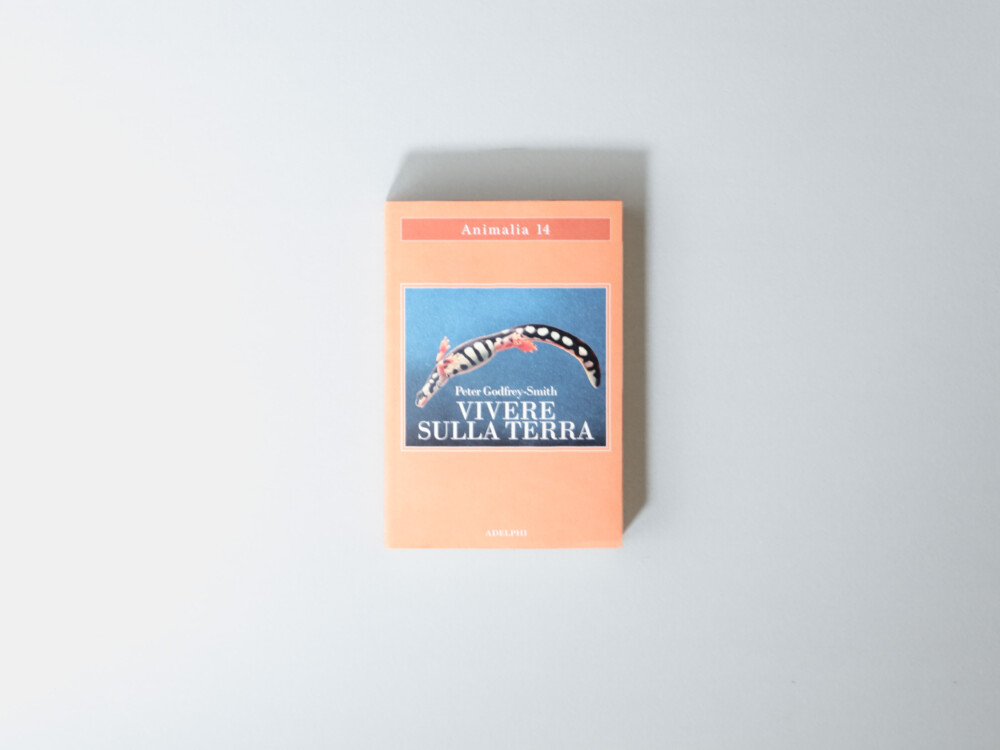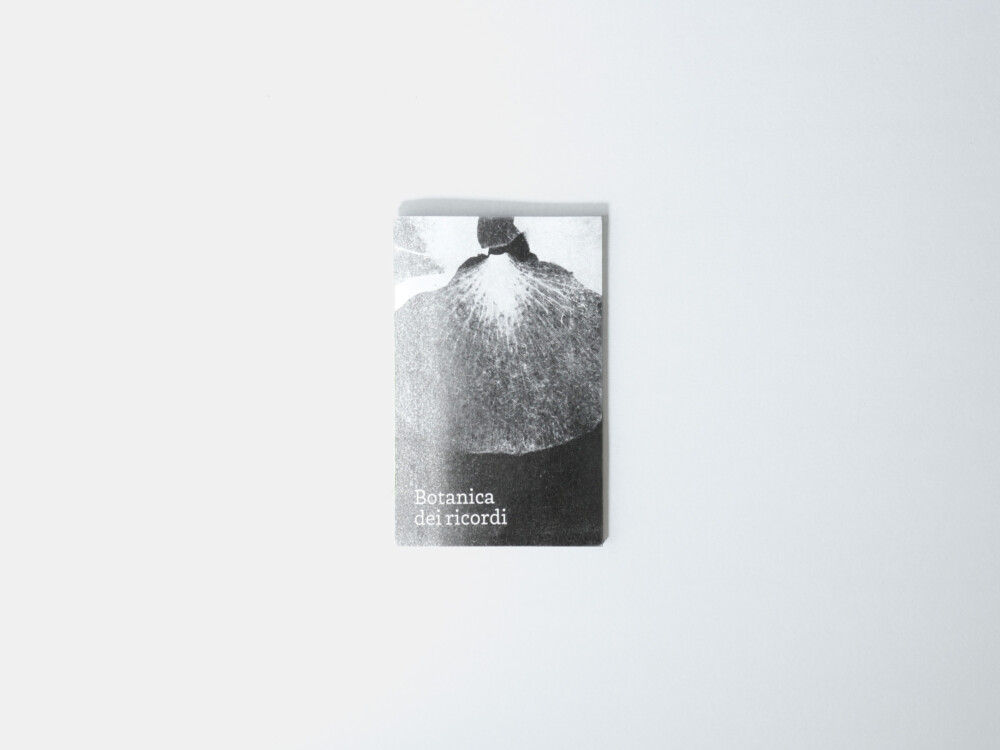TOO MUCH is a magazine about romantic geography. Its purpose is to document our collective experience of cities and look at the ways people and landscapes make and remake one another. Issue 9 began with a question that arose from events that occurred underneath our own city of Tokyo 27 years ago — the Tokyo subway sarin attacks of March 20, 1995. Revisiting this devastating event – largely through Haruki Murakami’s seminal nonfiction, “Underground” — pushed us to examine the power of human narratives, particularly those pertaining to the divine. It has also led us to understand how our own experiences have been shaped by a belief in the power of other, more positive narratives of a world in flux. This volume of TOO MUCH Magazine asks: Who is to say what is sacred? We begin on the shores of the Okinawan islands, where we meet the Yuta shaman, who see people as characters playing roles in a larger narrative arc of life. We venture to the beguinages of medieval Europe to learn how women have related to the divine in ways that ensure their own earthly survival and independence. We visit mosques in contemporary Japan and elaborate festivals for ancestor worship in China. We look at the work of Jae-Eun Choi and Camille Henrot, which shows us how plants and trees can grow tall in desolate landscapes and emotional wastelands. We travel to the slopes of Osore-zan and hear the cries of crows and the bereaved before peering into the living room of Yokoo Tadanori and beholding the reclining Budhha and the Odalisque.



